Japan's Toxic Energy Strategy
Japan is driving the expansion of gas and other fossil fuel-based technologies across Asia and globally at a time when we must phase them out. This would worsen the climate and energy crises and block the transition to renewable energy.
Check out the full briefing on Japan’s Toxic Energy Strategy for Asia here.
©aotoro / pxhere
Dirty Japanese Technologies
- Co-firing ammonia and hydrogen with fossil fuels at thermal power plants prolongs the use of coal and gas.
- Carbon capture, utilization and storage (CCUS) is an expensive, unproven and unreliable technology.
What is wrong with Japan's "Green Transformation" policy?
Japan’s “Green Transformation” (GX) policy, approved by its Cabinet in February 2023, relies heavily on fossil fuels. The policy outlines how Japan intends to achieve carbon neutrality by 2050 and support the energy transition across Asia.
However, the GX policy is a greenwashing exercise made to benefit Japanese corporate interests. Japan’s strategy relies heavily on fossil fuel-based technologies, including liquefied natural gas (LNG); co-firing of ammonia at coal power plants; fossil hydrogen; and carbon capture, utilization and storage (CCUS). These technologies would prolong the use of fossil fuels at a time when renewable energy solutions are reliable, available, cleaner, and cheaper.
“The war in Ukraine has exposed the profound risks of our fossil fuel addiction. Today’s crises cannot be an excuse for backsliding or greenwashing. If anything, they are a reason for greater urgency, stronger action and effective accountability.”
(Spoken at COP27 in Sharm el-Sheikh, Egypt)
UN Secretary General Antonio Guterres
“I don’t want LNG, because it destroys our fishing ground; I don’t want huge LNG tankers, because they will destroy Batangas Bay.”
Maximo Bayubay (Coalition of Fisherfolk Groups in Batangas, Philippines)
©CEED

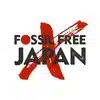
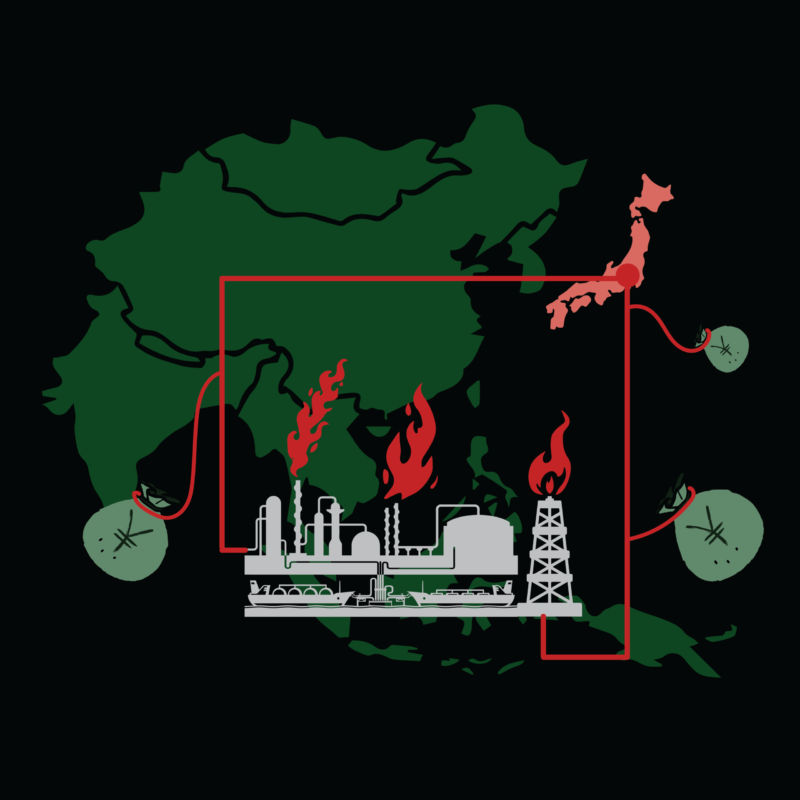
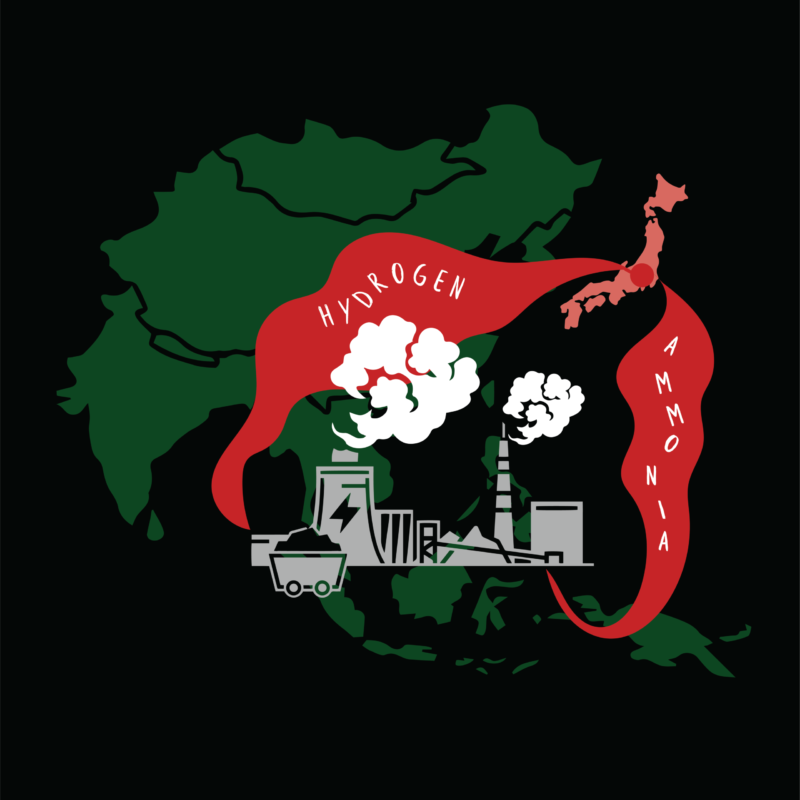
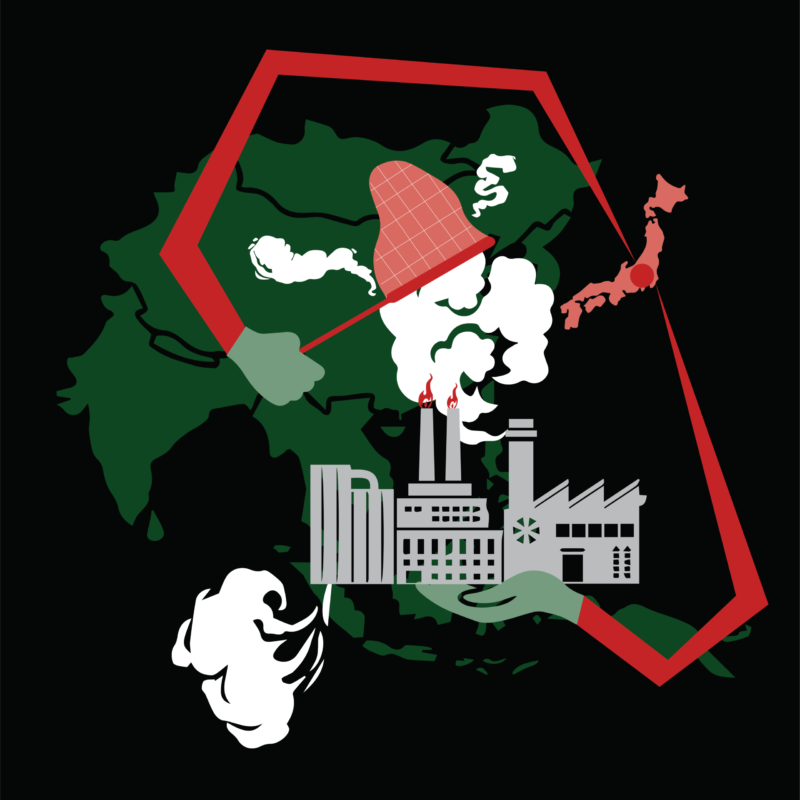
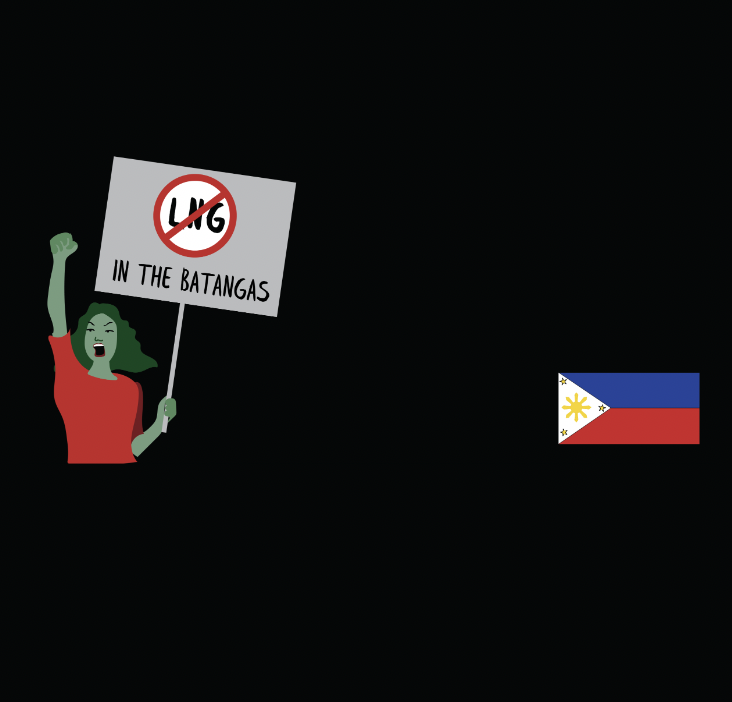
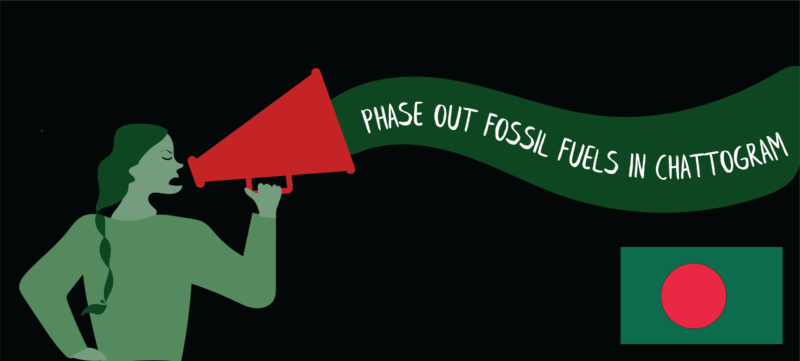
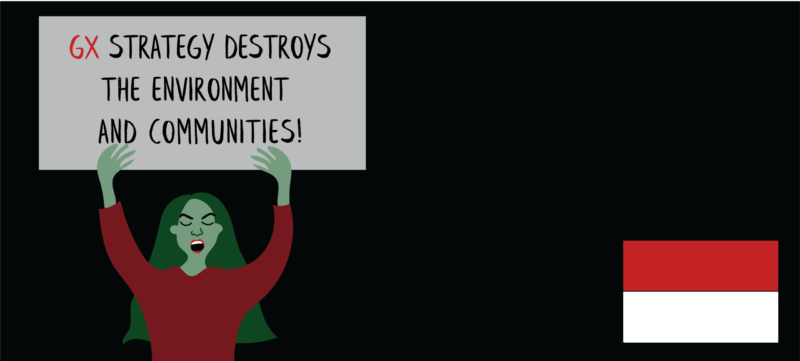
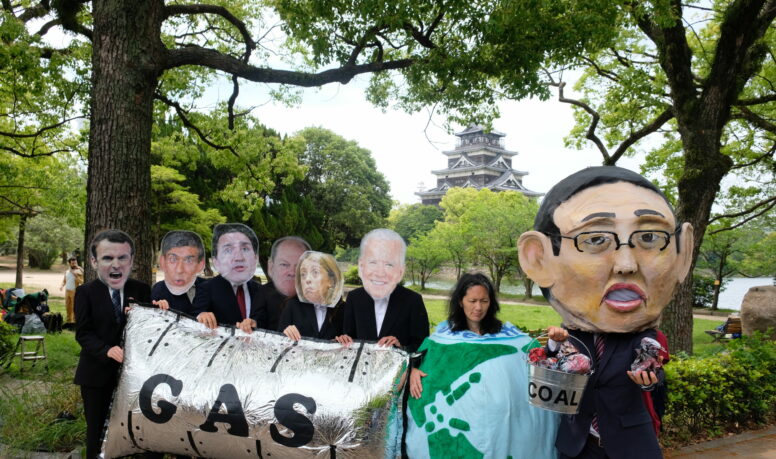

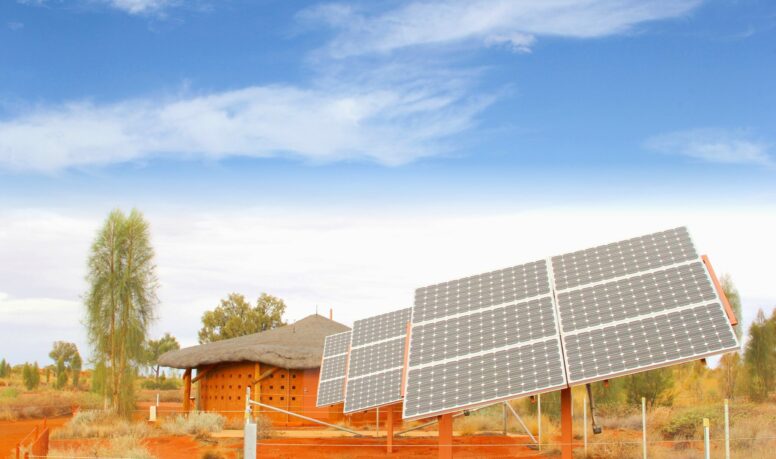
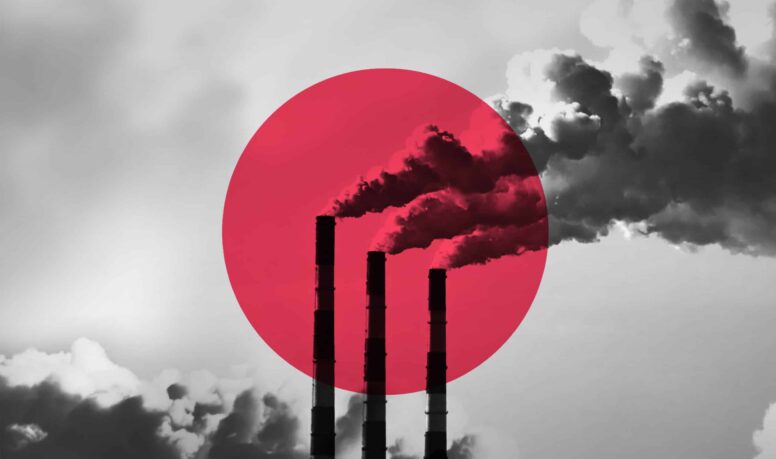
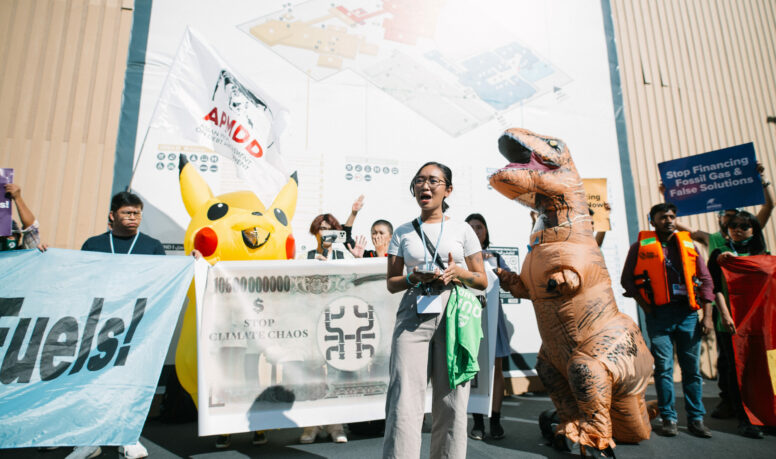
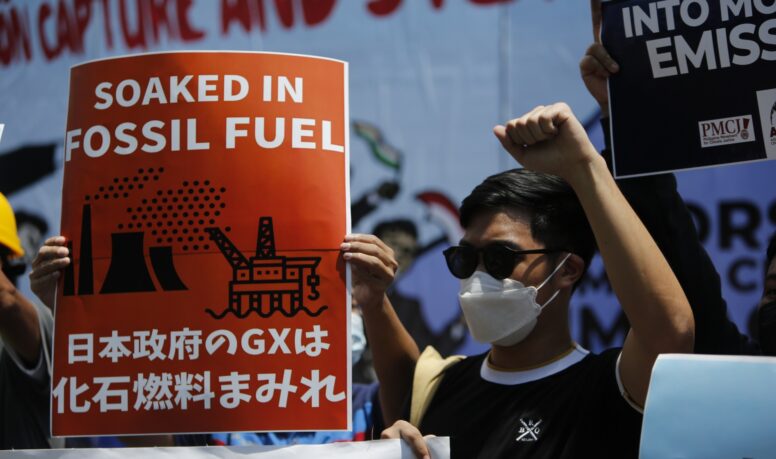
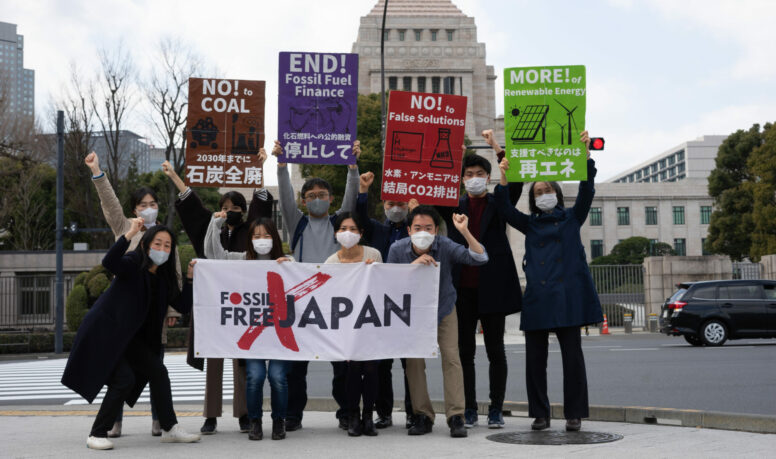
Japan should support renewable energy and stop financing volatile, dirty and unproven fossil fuel-based technologies.